For as long as there have been markets, there have been prophets. Humanity’s oldest impulse has always been to pierce the fog of the future. The oracles of Delphi, the astrologers of Babylon, and today’s app developers in Seoul all serve the same demand: to turn uncertainty into order. Even in the age of algorithms, that ancient hunger endures. In South Korea, fortune-telling apps such as Forceteller boast over 8.6 million users and more than a million active subscribers each month—a reminder that superstition has merely been digitized, not erased.
Now, though, prophecy is leaving the temples and entering the trading floor. In early October, the Intercontinental Exchange (ICE)—the parent company of the New York Stock Exchange—announced plans to invest up to $2 billion in Polymarket, one of the fastest-growing decentralized prediction platforms. For Wall Street, this is not a spiritual conversion but a strategic one: the recognition that belief itself can be priced.
When probability meets profit
Prediction markets allow traders to buy and sell claims on future events—who will win an election, what next month’s inflation rate will be, or whether a ceasefire will hold. Each price reflects the crowd’s estimate of the probability that the event will occur. A contract trading at $0.64, for example, implies a 64 percent chance that the outcome will come true. The system transforms collective belief into a live market signal.
ICE’s investment matters because it fuses information, legitimacy and liquidity into a single narrative of convergence. By treating market odds as a form of real-time sentiment, prediction markets transform data into alpha—faster, sharper and less biased than any opinion poll or analyst forecast. Legitimacy follows close behind: with Polymarket’s recent approval from the U.S. Commodity Futures Trading Commission, prediction markets are no longer confined to the crypto underground but are inching toward the institutional mainstream. And beneath it all, the architecture of decentralized finance provides the plumbing—its liquidity pools and composability turning what was once mere speculation into a tradable, investable asset class.
The result is the fictionalization of collective intelligence—the monetization of information itself. Where once news moved markets, markets may soon move news.
A market for belief
The rise of prediction platforms signals a subtler transformation: the convergence of finance and epistemology. If the last century built instruments to hedge against price risk, the next may build ones to hedge against uncertainty itself. Companies will consult probability curves rather than analysts; governments may one day take policy cues from aggregated wagers rather than opinion polls.
For now, prediction markets remain a curiosity in the West and a blank space across most of Asia. The Chinese-speaking world, in particular, has no equivalent—partly due to regulation, partly because state-sanctioned uncertainty is an oxymoron. But where permission eventually arrives, growth could be explosive. A functioning, legalized prediction market would not just forecast the future; it would reprice it.
From divination to data
To dismiss all this as gambling misses the point. Prediction markets are less about luck than about information efficiency—the purest expression of price discovery in an age drowning in noise. The tools may have changed, but the impulse has not: humans still want to know what happens next. Only now, instead of consulting oracles, they consult order books.
In the end, the modern prophet does not read stars or palms. He reads the blockchain.






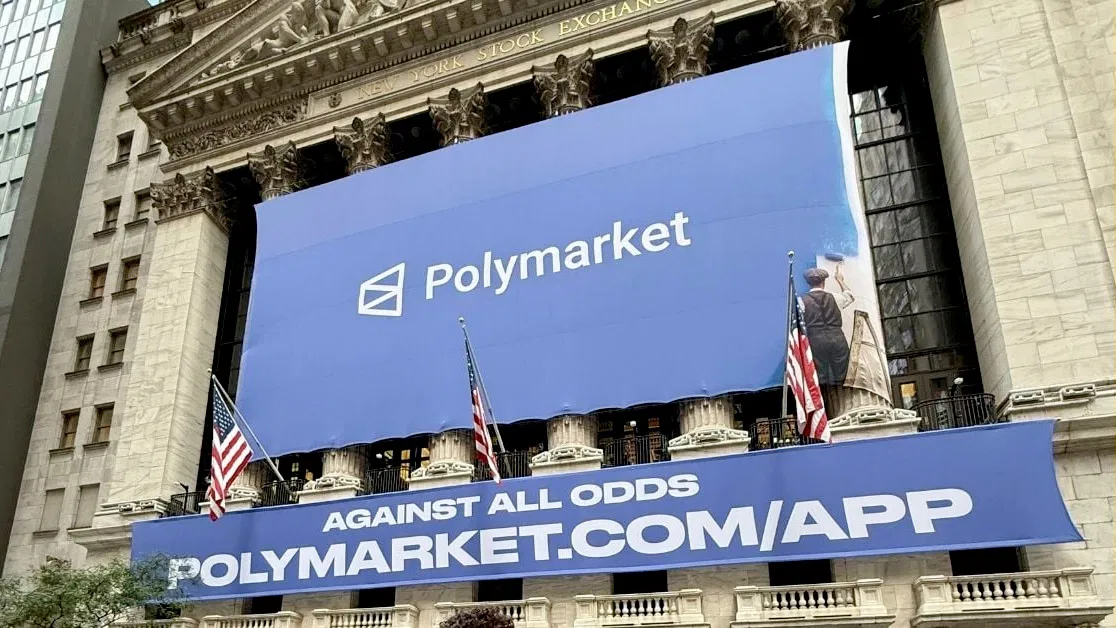
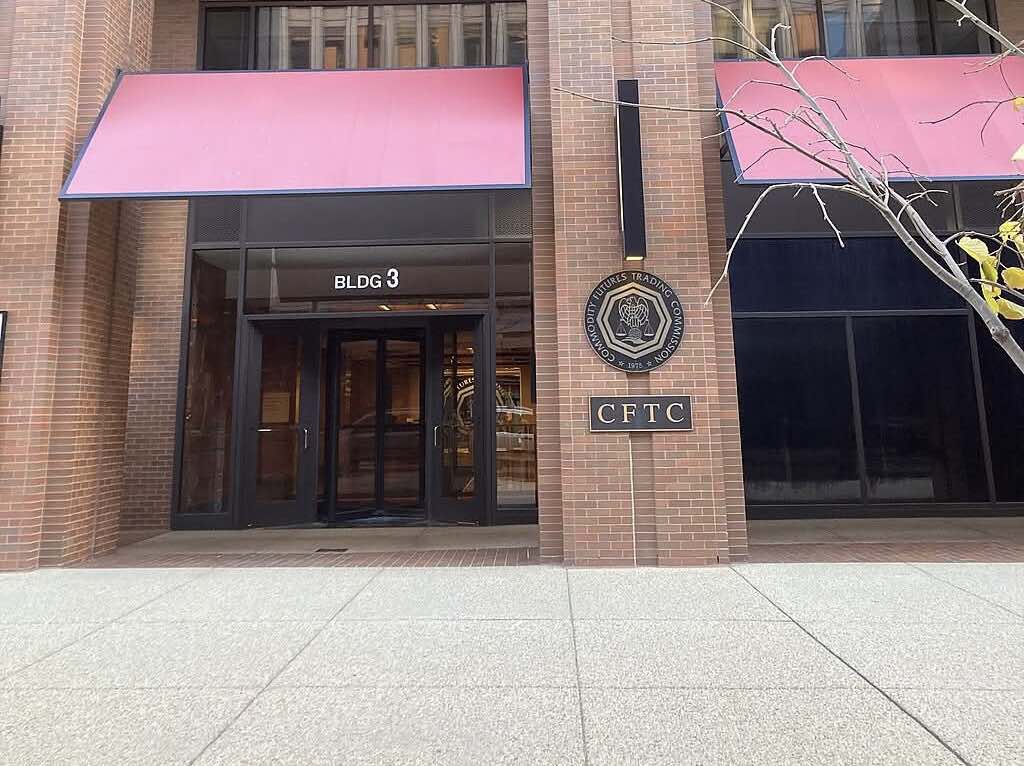
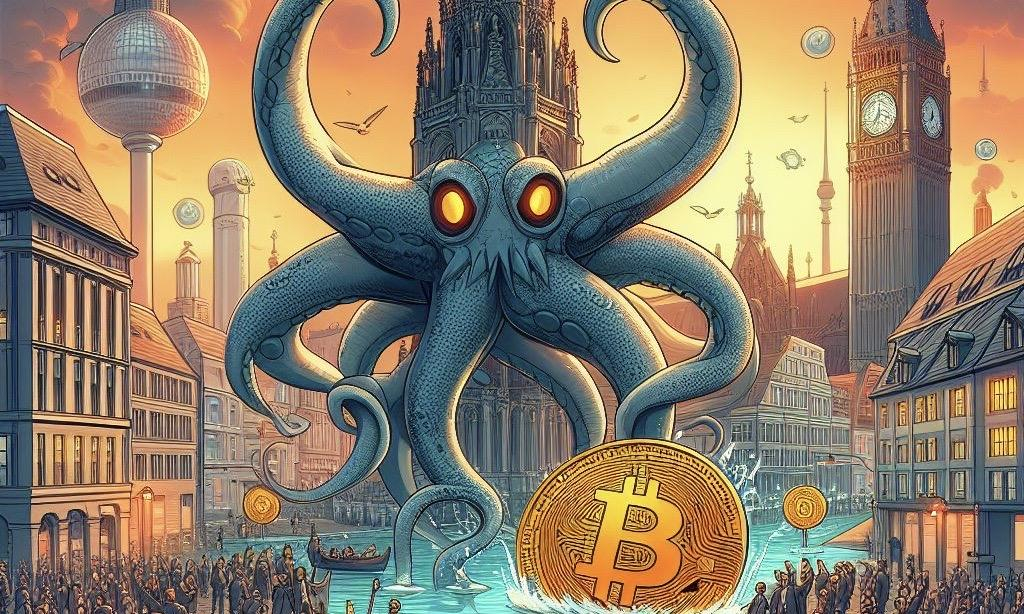

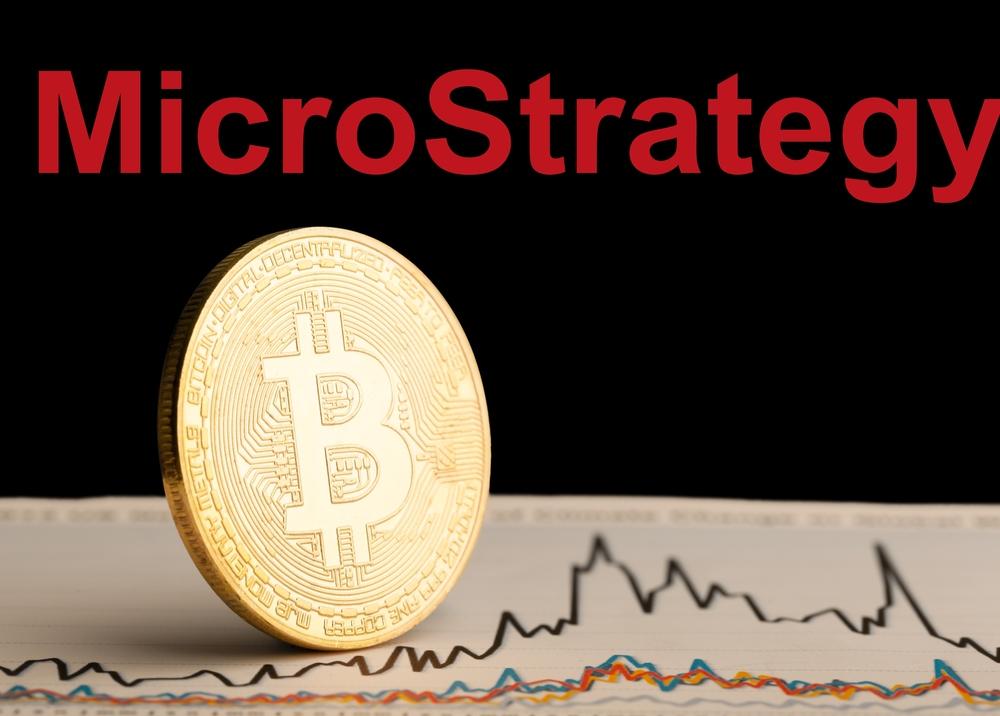
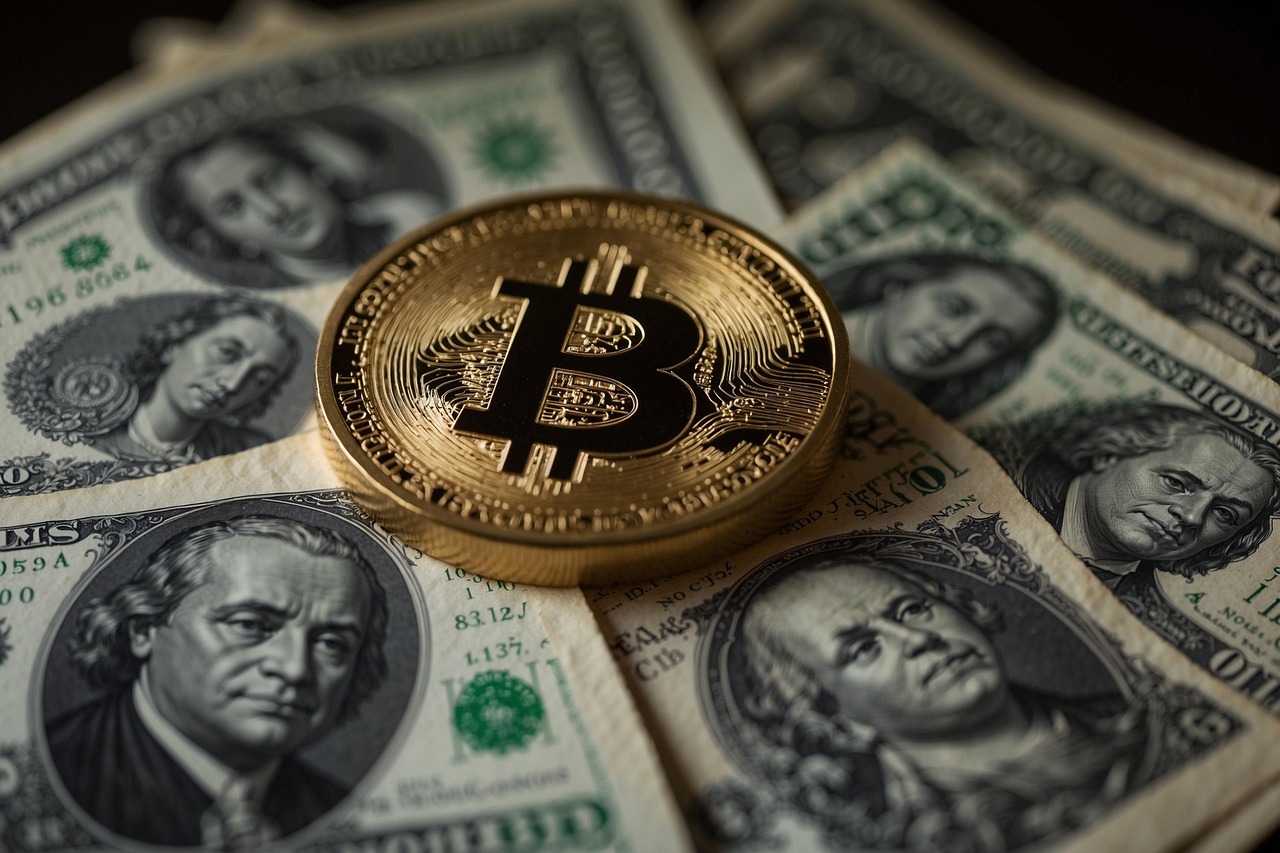


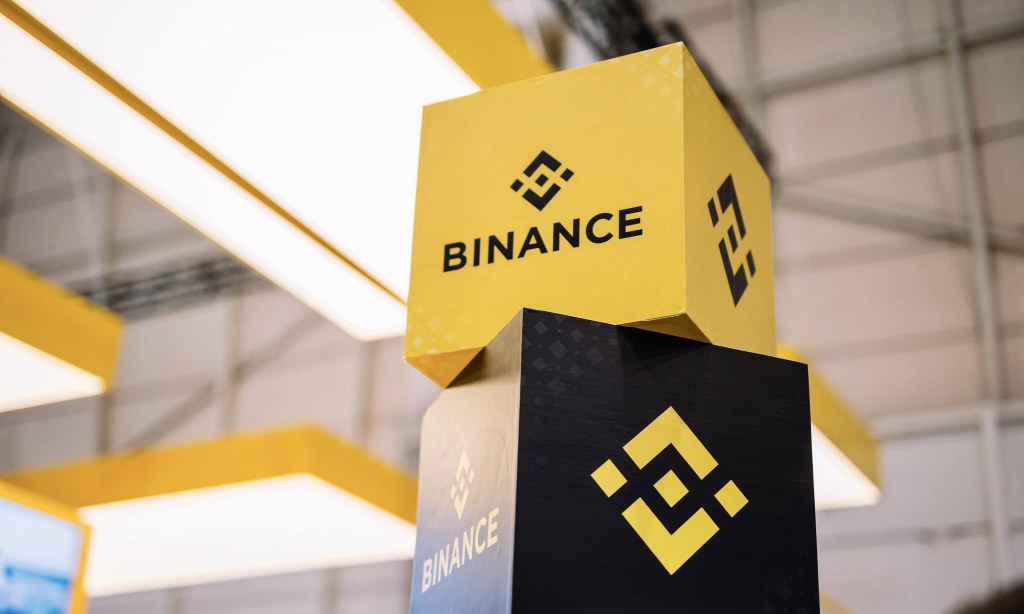
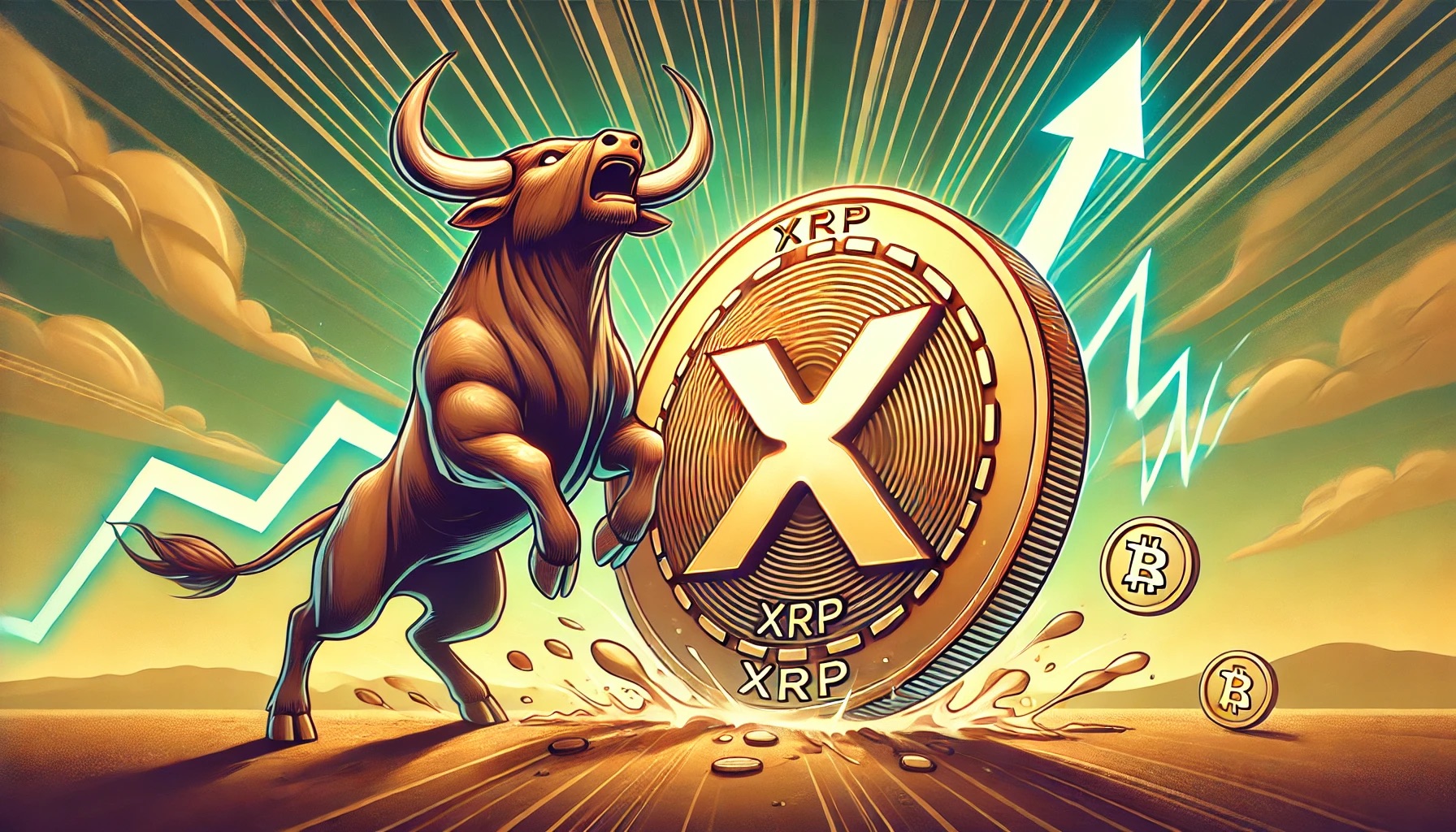
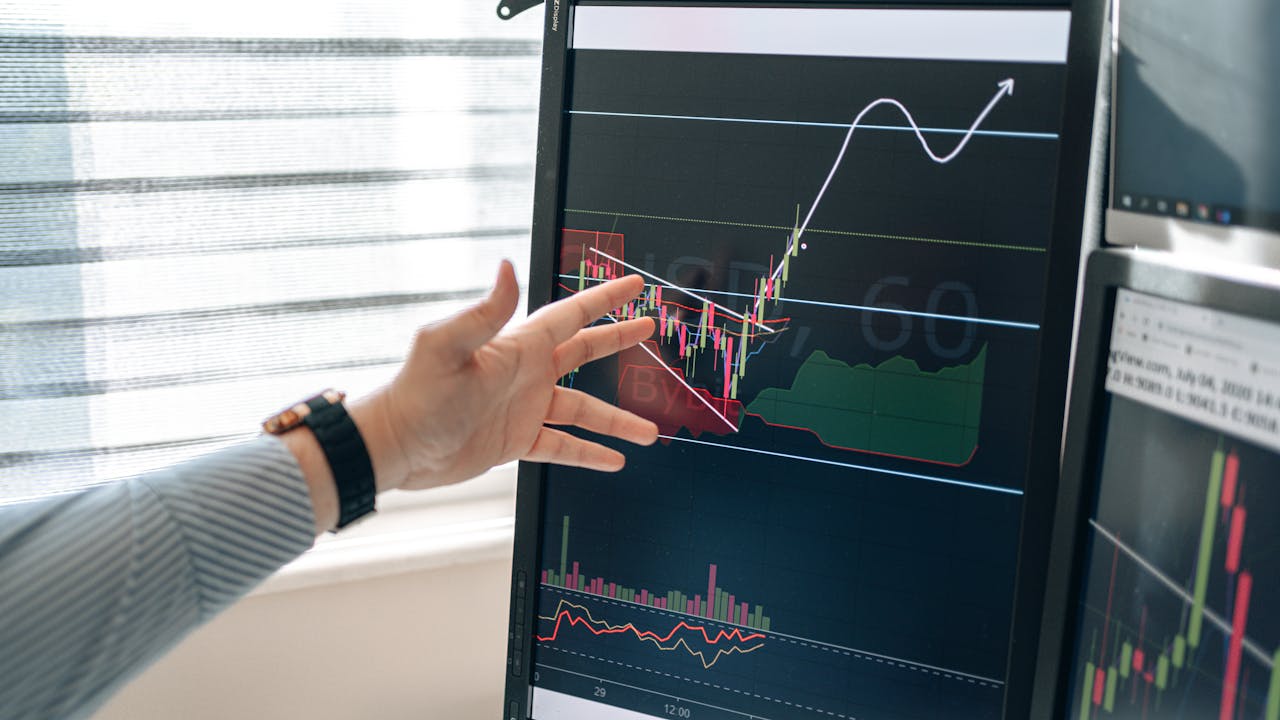


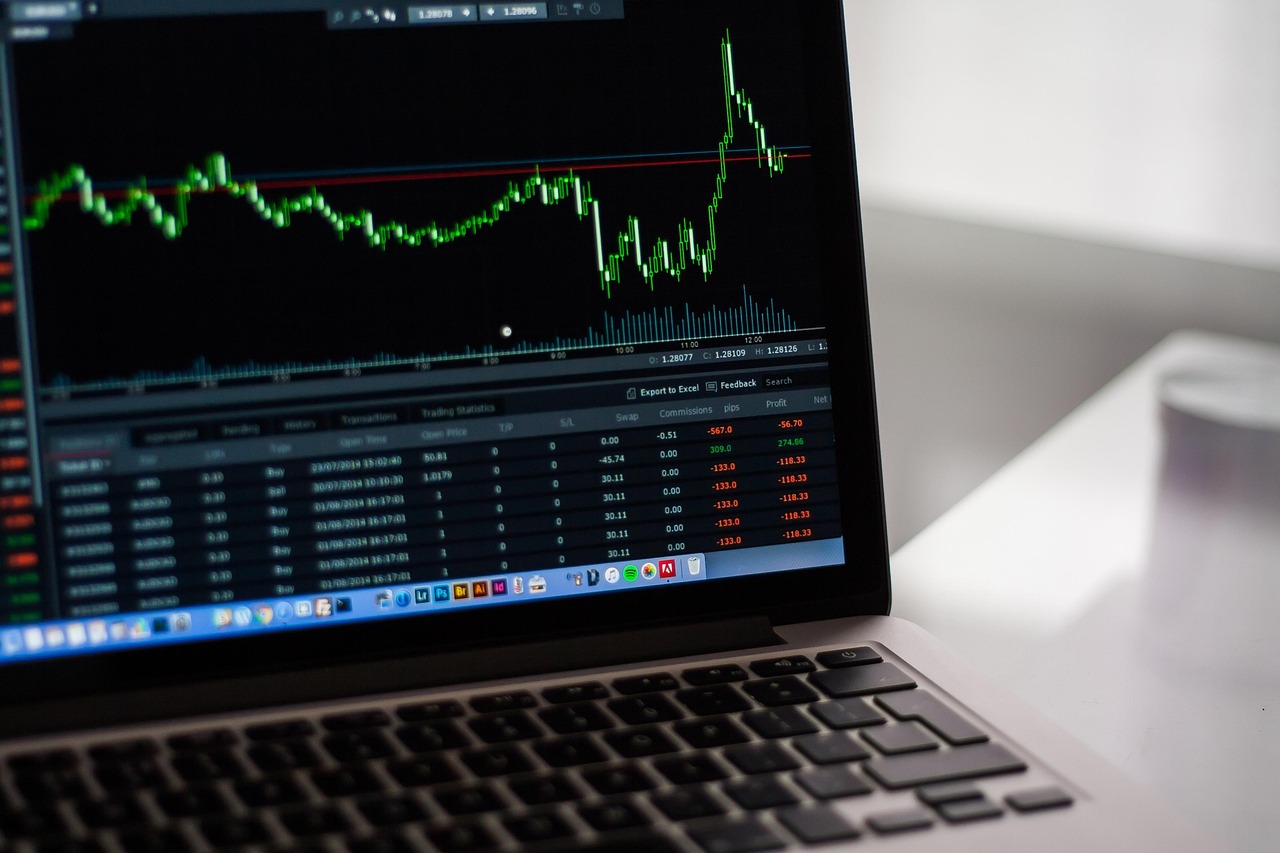





Comment 0